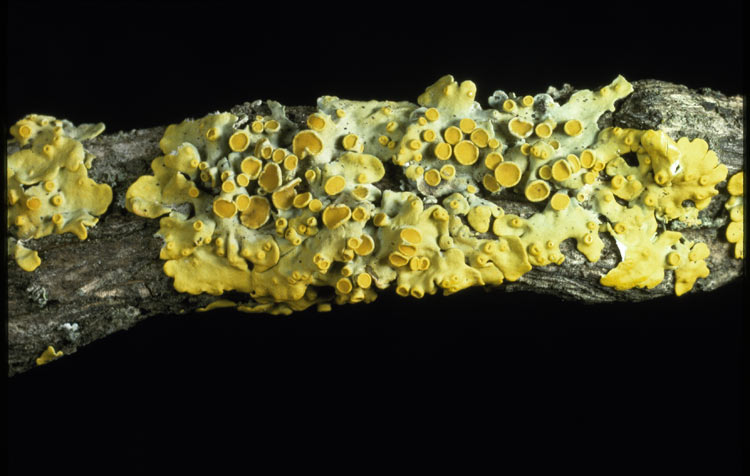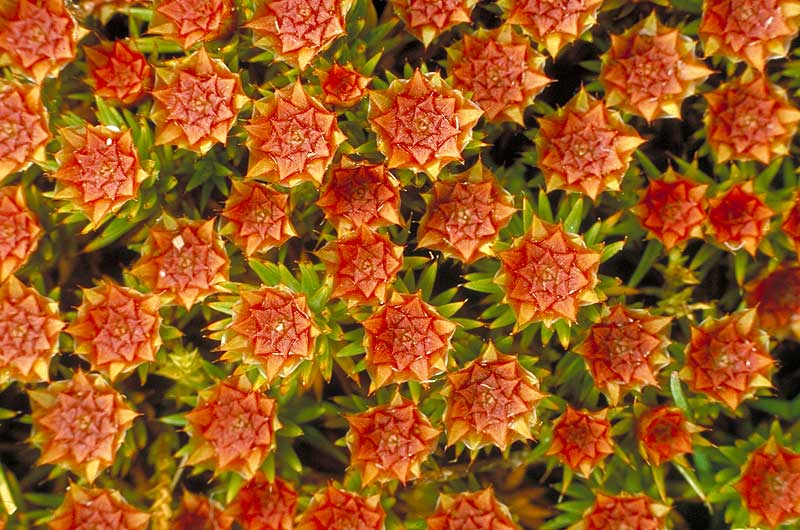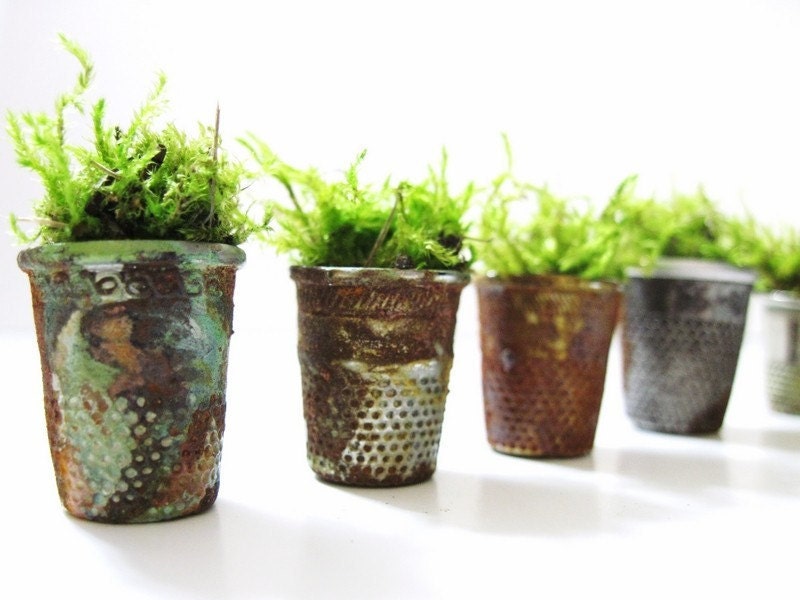’Plants capture energy from the sun and all life on land, directly or indirectly, depends on them. So, ultimately, plants fuel the diversity of life on earth
’
’
Sir David Attenborough
Reading the latest news today from:
 tells of this story released mid March in Wales. Click here on Lost lichens and missing mosses - Plant Science to read more at the very comprehensive Plant Science UK website.
tells of this story released mid March in Wales. Click here on Lost lichens and missing mosses - Plant Science to read more at the very comprehensive Plant Science UK website.For the sake of clarity on lichens and mosses ...this is from the Wiki page on Seeds:
A seed is a small embryonic plant enclosed in a covering called the seed coat, usually with somestored food. It is the product of the ripened ovule of gymnosperm and angiosperm plants which occurs after fertilization and some growth within the mother plant. The formation of the seed completes the process of reproduction in seed plants (started with the development of flowers andpollination), with the embryo developed from the zygote and the seed coat from the integuments of the ovule.
Seeds have been an important development in the reproduction and spread of flowering plants, relative to more primitive plants like mosses, ferns and liverworts, which do not have seeds and use other means to propagate themselves. This can be seen by the success of seed plants (both gymnosperms and angiosperms) in dominating biological niches on land, from forests to grasslandsboth in hot and cold climates.
The term seed also has a general meaning that predates the above — anything that can be sown, e.g. "seed" potatoes, "seeds" of corn or sunflower "seeds". In the case of sunflower and corn "seeds", what is sown is the seed enclosed in a shell or husk, whereas the potato is a tuber.
Lost lichens and missing mosses
Urgent action needed after reports declare nearly 50 of Wales' smallest wild plants extinct.
March 15 2012
-(c)-Ray-Woods.jpg)
Tree lungwort © Ray Woods
For hundreds of years, lichens, mosses and liverworts in Wales have been used for medicinal purposes and to dye wool, silk and even hair, yet these small simple plants are now under grave threat. Plantlife is launching two Red Data Lists today at the National Museum of Wales, which reveal that a staggering number of lichens and bryophytes are now extinct in Wales.
Plantlife’s Trevor Dines who is one of the authors explains “The Red Data lists turn our gaze onto the tiny lichens, mosses and liverworts that grow on almost every tree, wall, rock, twig, pavement and bit of soil that we see when we are out on a walk. They’re everywhere and yet we hardly ever notice them. Close up they’re incredibly beautiful, turning roofs into tapestries of green with soft carpets and cushions, or miniature alien landscapes of orange and grey on walls. The Red Data lists are a “stock take” of what we have, what’s already gone and are essential for us to prevent further losses”
Environment Minister, John Griffiths spoke at the launch to explain how vital these small plants are for Wales:
"The importance of plants and fungi are sometimes overlooked, but they are the building blocks of our ecosystems here in Wales. These reports are significant because they will help raise the profile of plants and get them the recognition they deserve for the vital services they provide. By doing so, we can ensure that more conservation action is taken towards researching and preserving key species."
Environment Minister, John Griffiths spoke at the launch to explain how vital these small plants are for Wales:
"The importance of plants and fungi are sometimes overlooked, but they are the building blocks of our ecosystems here in Wales. These reports are significant because they will help raise the profile of plants and get them the recognition they deserve for the vital services they provide. By doing so, we can ensure that more conservation action is taken towards researching and preserving key species."
Red Alert
The Red Data List findings show that:
- Wales is home to 73% of British bryophytes and 72% of British lichen species.
- Yet 1 in 6 of these species are now under threat of extinction with a further 136 species classed as critically endangered or endangered.
- Lichens and bryophytes are extremely sensitive to air pollution and tell us how clean the air is. They filter our water, help prevent flooding, store huge amounts of carbon and provide homes for many of our invertebrates.
- There are just 5 lichenologists and 6 bryologists in Wales, making them rarer than many of the species they are passionate about. If more experts are not trained through initiatives like the Lichen Apprentice Scheme more of these treasures will disappear without our knowledge.
- While Plantlife findings show that Wales has lost a worrying number of lichens and bryophytes, these two reports also mark a major step towards Wales completing Target 2 of the Global Strategy for Plant Conservation - a worldwide strategy that aims to halt the continuing loss of plant diversity around the world.
ALso you might like to read the fascinating home page on Lichen from the Australian National Botanic Gardens in Canberra
From that site:
 |
And from the page on Mosses, hornworts and liverworts - known as Bryophytes:
 |
I'll leave you with these images found via Seed Capsules tumblr.
 |
Moss terrarium found here |
 |
| Moss terrarium found here |
 |
| Moss thimbles Found here |
 |
| Moss image via here |

8 comments:
i have a special love for lichens, fungi, and mosses. when i first moved to the north country i spent lots of time learning them and even dyeing with small amounts. they are precious and lovely and wonderfully strange.
They are endlessly appealing for sure Velma
...so for you I can imagine great discoveries lay in attempts to dye with them to see what worked well and so on!
MUst be so much inspiration where you live.
Oh, the thought of losing such ancient plants. Once, while I was sitting with the mosses in my garden, I had a sudden knowing that the mosses, fungi and lichens have all humans need to cure our diseases and to clean up the earth. It was really an instant insight. Still not sure where the mosses fit in, but since then, I've learned a lot about how fungi & lichen do.
Have you seen this TED talk? Things like this bring me back some hope.
http://www.ted.com/talks/paul_stamets_on_6_ways_mushrooms_can_save_the_world.html
WE, most of us anyway, take these plants terribly for granted...yet the more one learns the more integral they are to the survival of all species.
That's a wonderful story Valerianna ... I enjoyed the great images on your blog of species found on your land. I imagine that for you there is so much to discover through out the year just walking around and observing up close!
Just lately Ive noticed this thread on fungi... must watch the film over Easter.
Enjoy your break... well... 4 days off at Easter here... hopefully for you too!
S
Sophie, I got lost in your beautiful Pinterest collection for a looong time. I've managed to get back and read the 'definition' of a seed. It was good to do so since I keep forgetting its purpose :) To me seeds are nature's sculptures.
Fascinating pictures of mosses! I must hold a magnifying glass to the moss growing in my garden.
Seeds as natures sculptures...
I like that Priya...a lot!
PInterest is very fascinating... at first I thought it 'twee' and kind of pointless.
Then I found my images were being pinned and I wanted to make sure they linked to me with proper creditation so I thought I'd better join up.
Then I realised how much traffic comes to blogs from PInterest and I thought interesting.
NOw I find it links me to some amazing people and ideas... gives a whole other dimensions and its easy to avoid the trivial and gain the good stuff!
Look forward very much to seeing your moss photos Priya!
S
Oh oh...so Pinterest has its uses too. Would have never thought until I read what you had to say.
I once thought Facebook was pointless and resisted it (once thought that about the mobile phone too)...Now I think I'll have to seriously consider giving Pinterest a shot as well.
DItto moi with Facebk Priya... until I realised last September I could just use a public page and not attempt to do ze "friending" scenario.
Mobile?...maybe I'll get round to iPhone sometime... the mobile I have barely gets looked at...
The challenge with Pinterest as I see it is to inject some whimsy and offbeat elements ...esp around the focus of the boards. Have seen some great ones...but as for some ...one is reminded it can be a big underwhelming consumer world out there. On can surely live without that!
ciao,
S
Post a Comment